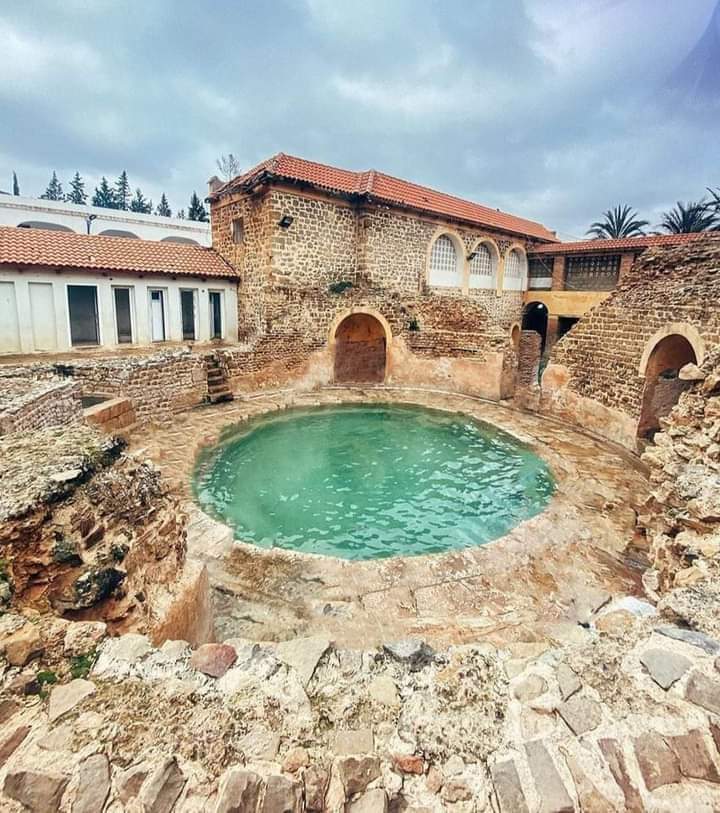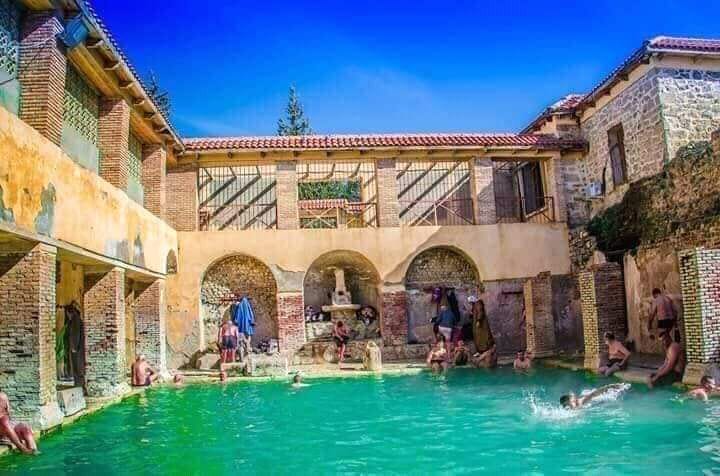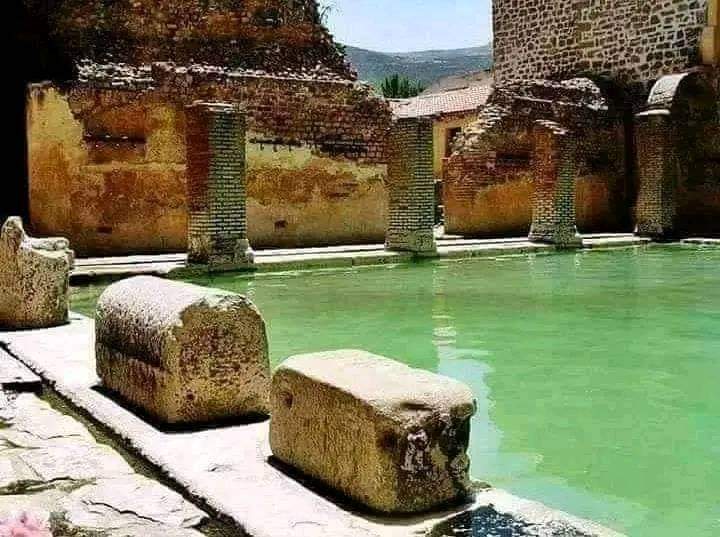Hammam Essalihine: A Roman Thermal Bath Complex in Algeria
Visitor Information
Google Rating: 4.2
Popularity: Low
Google Maps: View on Google Maps
Official Website: www.hammam-salihine.com
Country: Algeria
Civilization: Roman
Remains: Sanitation
History
Hammam Essalihine is situated near the modern city of Khenchela in northeastern Algeria, within the ancient Roman province of Numidia. The site was originally established by the Romans and known as Aquae Flavianae, reflecting its association with the Flavian dynasty. Its construction or major reconstruction dates to the period between 69 and 81 AD, coinciding with the reigns of Emperor Vespasian and his sons Titus and Domitian. Inscriptions found at the site confirm dedications to Vespasian and Titus around 76 AD, indicating official imperial endorsement and patronage.
The bath complex experienced significant repairs in 208 AD under Emperor Septimius Severus, demonstrating continued Roman investment in the site. Later, during the late third century, further modifications were made, including the erection of a temple dedicated to local deities such as the nymphs and the god Draco. These additions likely occurred during the reign of Emperor Elagabalus, reflecting evolving religious practices and the integration of indigenous cults with Roman traditions.
Throughout the Roman period, Aquae Flavianae functioned as a thermal spa and social venue, frequented by military commanders and members of the elite. Its mineral-rich hot springs were reputed for their healing properties, attracting visitors seeking therapeutic benefits. The site’s location near Mascula (present-day Khenchela) placed it within a strategic and culturally significant region of Numidia.
During the French colonial era, the complex was expanded with new bathing facilities and accommodations, adapting the ancient site to contemporary uses. Following Algeria’s independence, the government undertook further development, installing modern thermal cabins and enhancing infrastructure to support health treatments. Despite these changes, the site has maintained its historical role as a center for thermal therapy and relaxation.
Remains
The Hammam Essalihine complex is primarily constructed of stone and designed to harness natural hot and cold springs, with water temperatures averaging approximately 70°C. The layout includes multiple pools and bathing rooms arranged to utilize the thermal waters effectively. The site’s design reflects Roman engineering adapted to the mountainous terrain of the Aurès Mountains.
Among the most notable surviving features are two principal open-air pools. The larger is a rectangular basin measuring about 13.8 by 10 meters with a depth of 1.45 meters, surrounded by a colonnade. The second is a circular pool, approximately 8 meters in diameter and equally deep, which was originally covered by a dome. This circular pool is unique worldwide among Roman baths, highlighting the site’s architectural distinctiveness.
The bathhouse contains three rooms with a total of four pools, historically segregated by gender and including both covered and open-air facilities. Inscriptions and dedications remain visible on-site, confirming its Roman origins and subsequent restorations. These include references to the Flavian emperors and to local deities such as the nymphs and the god Draco, linking the site to both imperial and indigenous religious traditions.
Over time, the complex underwent various modifications. The French colonial administration added bathing rooms and lodging facilities, while modern Algerian developments introduced forty thermal cabins, five hot water pools, and therapeutic installations. The thermal waters are naturally cooled before entering the pools, which are continuously circulated to maintain temperature and cleanliness.
The preservation of Hammam Essalihine is exceptional compared to other Roman baths in Algeria, many of which survive only as ruins. The site remains largely in situ, with restorations respecting its historical fabric. No oral traditions or lost inscriptions beyond those documented have been recorded in the available sources.





